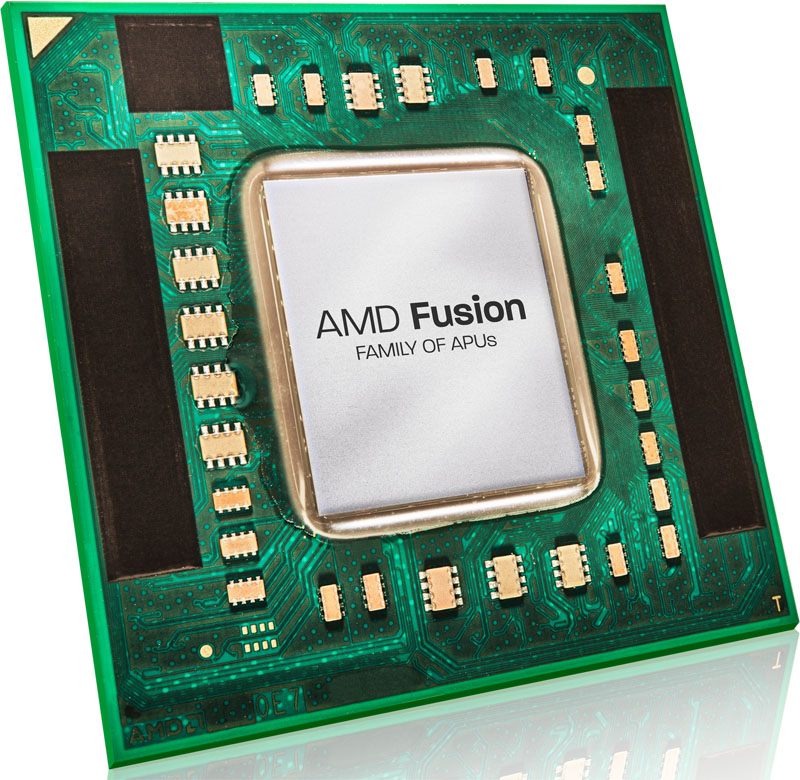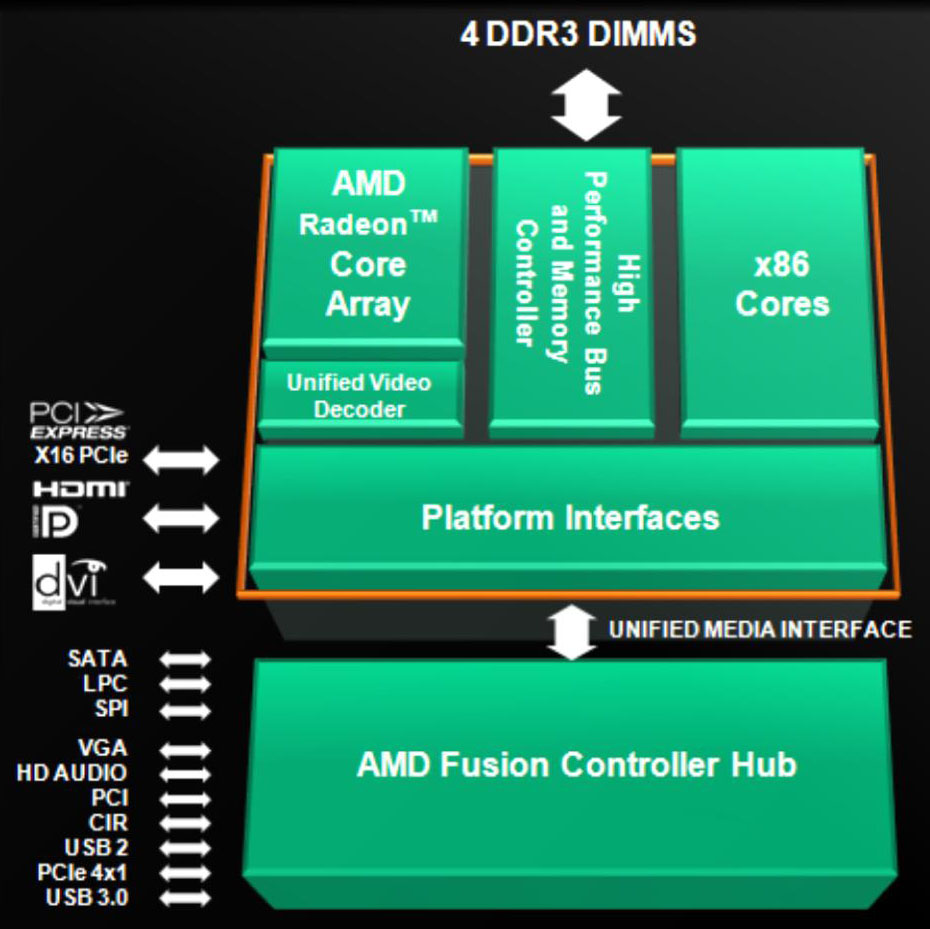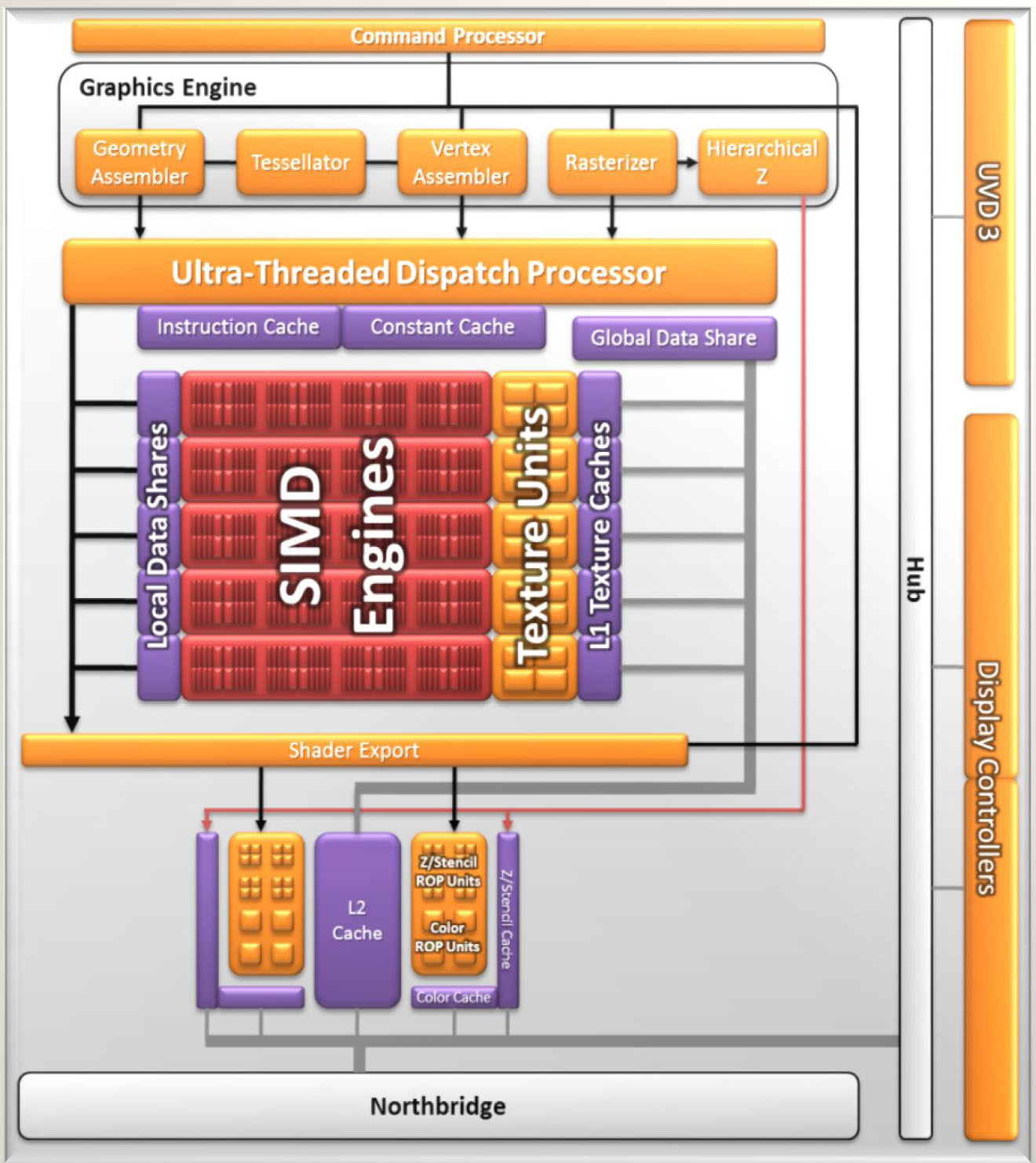AMD A8-3850 Review: Llano Rocks Entry-Level Desktops
Earlier this month we previewed AMD's Llano architecture in a notebook environment. Now we have the desktop version with a 100 W TDP. How much additional performance can the company procure with a loftier thermal ceiling and higher clocks?
Meet AMD’s Desktop Llano-Based Lineup
Editor's Note: As we've done so many times before, we're partnering up with CyberPower to give away one of the first Llano-based desktop machines, which the builder calls its Gamer Ultra, to one of our readers. Flip through our review and, on the last page, enter to win a brand new PC, compliments of CyberPower!
A8-3850 Makes Its Desktop Debut
Don Woligroski did an absolutely killer job on our first look at AMD’s Llano architecture. If you haven’t yet read that story and you want to know more about the plumbing inside the company’s first mainstream APU, you really owe it to yourself to check out The AMD A8-3500M APU Review: Llano Is Unleashed before diving into this piece.
Because Don covered the underlying architecture so well, I’m going to use our first experiences with AMD’s Llano-based desktop platform, code-named Lynx, to dive deeper into the stuff I know you guys love: benchmark results and analysis. What kind of performance can you expect out of Dual Graphics? How does Sandy Bridge with discrete graphics compare? What effect does memory performance have on gaming frame rates? How does integrated USB 3.0 support measure up to some of the add-on controllers we’ve seen? I’ll answer all of that.
But first let’s go over the basics of AMD’s first desktop-class Llano-based APUs.

Llano: The Recession-Friendly APU
Oh, Audi would be so proud (or maybe not, given the entry-level pedigree of these processors). AMD is using the same A8 and A6 designators to distinguish between the perceived performance levels of its four launch SKUs.
Stay On the Cutting Edge: Get the Tom's Hardware Newsletter
Get Tom's Hardware's best news and in-depth reviews, straight to your inbox.
There are two A8s and two A6s. The Llano-based flagship is A8-3850, a 100 W part with Radeon HD 6550D graphics, four execution cores with 1 MB L2 cache each, and a 2.9 GHz clock rate. That part does not offer Turbo Core support—the only way to get it running faster than 2.9 GHz is through overclocking. AMD says to expect pricing around $135.

The A6-3650 is also rated at 100 W, even though it’s armed with Radeon HD 6530D graphics and a more conservative 2.6 GHz clock rate (again, Turbo Core isn’t available). The -3650 boasts four cores as well, includes the same 4 MB of L2 cache, and support DDR3-1866 data rates, just like the other three models. That one is expected to run $115.
| Model | GPU | TDP | Cores | Base CPU Clock | Max. Turbo | L2 Cache | Shaders | GPU Clock | Turbo Core |
|---|---|---|---|---|---|---|---|---|---|
| A8-3850 | HD 6550D | 100 W | 4 | 2.9 GHz | - | 4 MB | 400 | 600 MHz | No |
| A8-3800 | HD 6550D | 65 W | 4 | 2.4 GHz | 2.7 GHz | 4 MB | 400 | 600 MHz | Yes |
| A6-3650 | HD 6530D | 100 W | 4 | 2.6 GHz | - | 4 MB | 320 | 443 MHz | No |
| A6-3600 | HD 6530D | 65 W | 4 | 2.1 GHz | 2.4 GHz | 4 MB | 320 | 443 MHz | Yes |
Interestingly, dipping down to the 65 W level doesn’t seem to sacrifice much in the way of functionality. AMD’s A8-3800 includes the capable Radeon HD 6550D engine, quad-core Stars architecture, and 4 MB L2 repository. However, Turbo Core helps compensate for a fairly severe drop to 2.4 GHz, kicking frequency up to 2.7 GHz in situations where thermal headroom allows for it. Unfortunately, AMD didn’t send over any Turbo Core-equipped processors for testing, so it’s impossible to gauge how much time this four-core part spends at its elevated setting.
Finally, the A6-3600 is also a 65 W component. It scales way back, though, giving up not only processor clock rate—its four cores running at 2.1 GHz by default and up to 2.4 GHz with Turbo Core—but also graphics performance via the less-complex Radeon HD 6530D engine. Is still includes 4 MB of L2 cache though, complementing each core with 1 MB.
What's the difference, exactly, between the Radeon HD 6550D and Radeon HD 6530D GPU engines? One SIMD engine, for the most part.
| Graphics Processor Classification | Radeon HD 6550D (A8-Series APUs) | Radeon HD 6530D (A6-Series APUs) |
|---|---|---|
| Shader Cores | 400 | 320 |
| SIMDs | 5 | 4 |
| Texture Units | 20 | 16 |
| Render Back-Ends | 2 | 2 |
| Z/Stencil ROPs | 32 | 32 |
| Color ROPs | 8 | 8 |
| GPU Clock Rate | 600 MHz | 443 MHz |
| Peak Compute Power | 480 GFLOPS | 284 GFLOPS |
When you look at a block diagram of the Llano's GPU component, it's easy to see how AMD differentiates these two lineups. Each SIMD hosts 80 ALUs and is associated with four texture units. Turning one SIMD off yields the 320 shaders and 16 texture units offered by Radeon HD 6530D.

A Small Launch Gets Smaller
With four SKUs in the initial Llano-based desktop portfolio, a zero-hour revelation that the 65 W A8-3800 and A6-3600 won't be available until an undisclosed date narrows the family down to two models: A8-3850 and A6-3650, both 100 W parts. As a result, it won't be possible to test Turbo Core functionality on Llano until AMD addresses the availability of its lower-power offerings.
Current page: Meet AMD’s Desktop Llano-Based Lineup
Next Page Dual Graphics: How Does It Perform?-
SteelCity1981 So then what's the point of getting the Turbo Core versions when they are going to be Turbo Clocked slower then the none Turbo Clocked versions...Reply -
cangelini SteelCity1981So then what's the point of getting the Turbo Core versions when they are going to be Turbo Clocked slower then the none Turbo Clocked versions...Reply
They don't want you to see better performance from a cheaper APU in single-threaded apps by pushing Turbo Core further ;-) -
Known2Bone i really wanted see some amazing gains in the content creation department what with all that gpu power on chip... oh well games are fun too!Reply -
ivan_chess I think this would be good for a young kid's PC. It would be enough to run educational software and a web browser. When he grows up to be a gamer it would be time to replace the whole machine anyway.Reply -
DjEaZy ... it's may be not the greatest APU for desktop... but it will be a powerful thingy in a laptop... the review was nice... but in the gaming department... would be nice to see a standard 15,x'' laptop resolution tests @ 1366x768... or something like that...Reply -
Mathos Actually if you want good DDR3 1600 with aggressive timings, the Ripjaws X series memory that I have does DDR3 1600 at 7-8-7-24 at 1.5v, not all that expensive when it comes down to it either.Reply -
Stardude82 This makes little sense. An Athlon II X3 445 ($75) and a HD 5570 ($60, on a good day you can get a 5670 for the same price) would provide better performance for the same price ($135) and not have to worry about the RAM you use.Reply
So is AM3+ going to be retired in favor of FM1 in the near future? Why are there chipset at all? Why isn't everything SOC by now?
Otherwise this is a very good CPU. If AMD has used 1 MB level 2 caches in their quads when they came out with the Deneb Propus die, they would be much more competitive. -
crisan_tiberiu stardude82This makes little sense. An Athlon II X3 445 ($75) and a HD 5570 ($60, on a good day you can get a 5670 for the same price) would provide better performance for the same price ($135) and not have to worry about the RAM you use. what about power consumption?Reply
